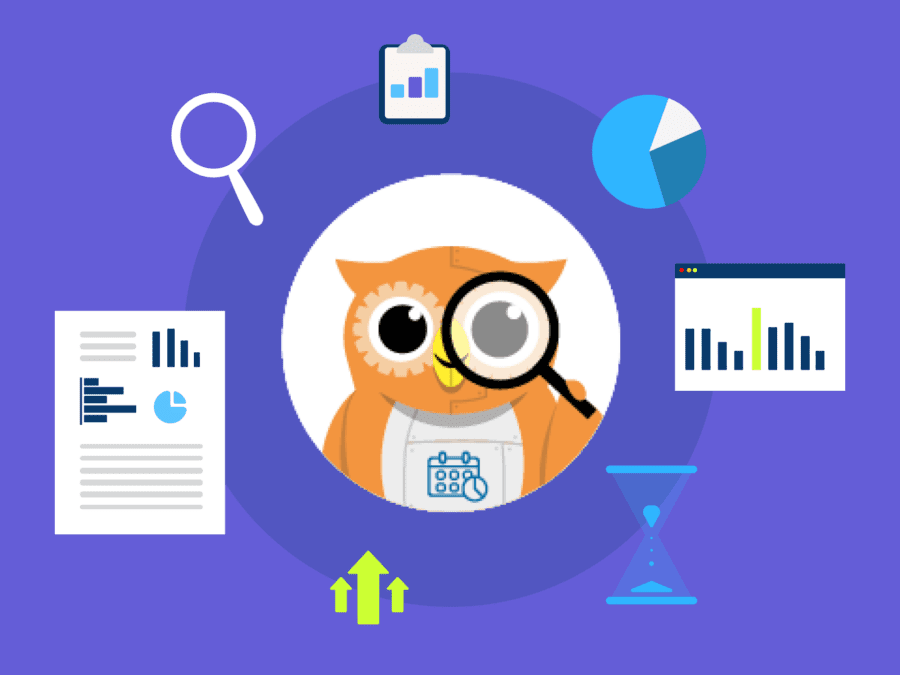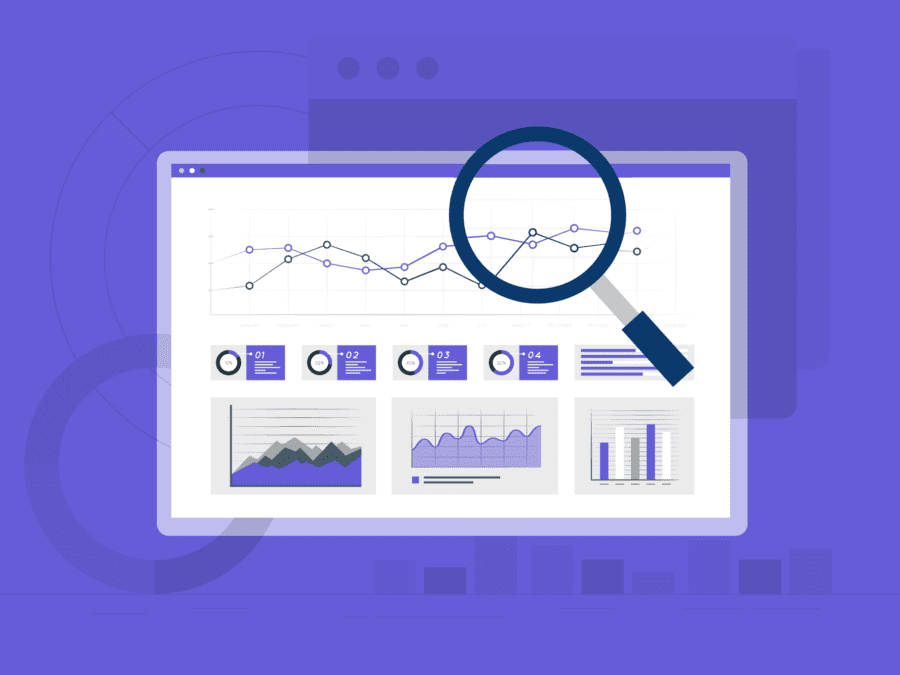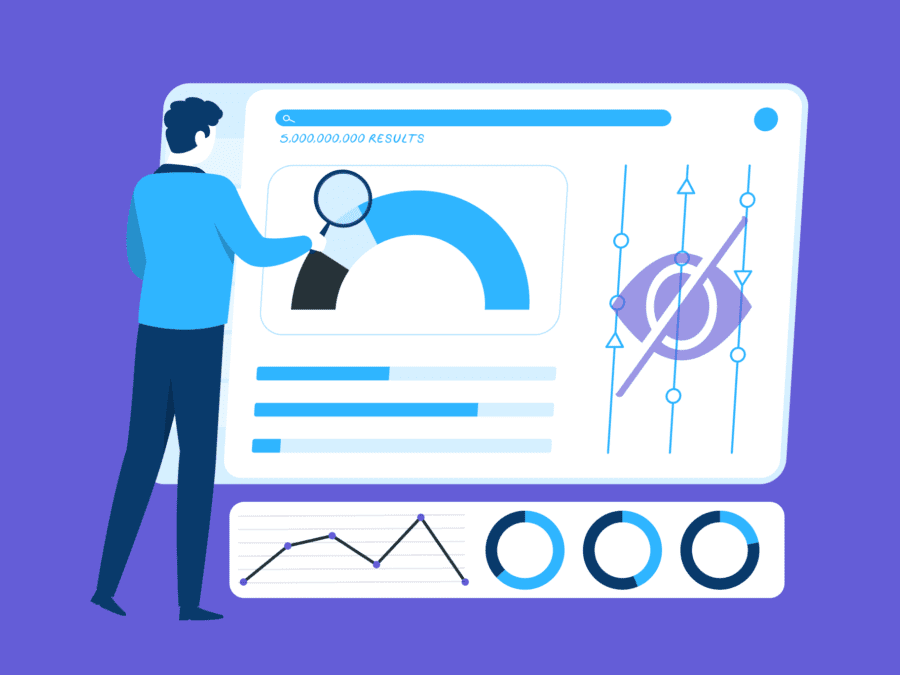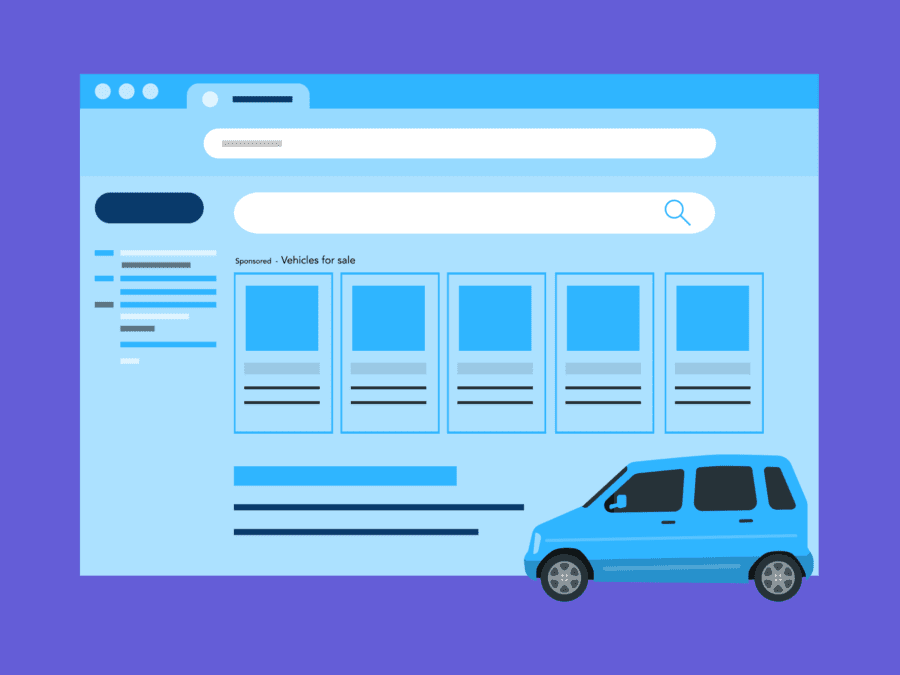In response to growing demand from consumers and regulators to protect online privacy, in January 2020, Google announced plans to phase out support for third-party cookies in its Chrome browser by 2022. Cookies, the tool used to collect and share data on user behavior as they move across the open web, are the foundation of the adtech ecosystem and provide the data that powers the majority of all behavior and audience targeting. Google’s decision to kill the cookie effectively put a ticking clock on the current state of digital advertising.
To prepare for that transition, marketers have worked to find alternatives to replace the third-party data that cookies once provided for their targeting efforts and to develop new marketing strategies that don’t rely on tracking user behavior on the open web.
In this article, we’ll share some fundamental changes that the end of cookies will likely bring to digital marketing and paid search. We’ll provide some tips and tactics to ensure your brand’s marketing efforts remain relevant and effective in the post-cookie world.
Understand the data fundamentals
Before you can understand the changes that a cookie-less future will likely bring, you need to understand the lay of the land in data. Here are five data types:
- Observed data:
- Some first- and second-party data, as well as all third-party data, falls into the broad category of Observed data, meaning that it was collected without the user’s direct participation.
- First-party data:
- Any information you collect from your users directly, such as email addresses and any demographic or personal data that a user provides when filling out a form or submitting a request through your website. This also includes data collected on users on your website, such as what they click, read or buy. Google’s changes won’t impact this type of data collection.
- Second-party data:
- Second-party data occurs when two organizations agree to share their first-party data with each other privately. Google’s decision to kill off cookies also won’t impact these arrangements. In some regions, however, the European Union’s GDPR (GDPR), the California Consumer Privacy Act (CCPA), or similar regulations may limit the ability to share data privately between businesses.
- Third-party data:
- Data that is collected by a business or entity that the consumer hasn’t had any direct interaction with. This data is often collected by websites that employ third-party cookies to collect user data and pass it back to an adtech provider or another entity that aggregates, sells, or utilizes it. This type of data powers much of the digital advertising ecosystem, and it’s also the data most at risk from the changes that Google is making to the Chrome browser.
- Walled gardens:
- Google, Facebook, Amazon, and similar platforms maintain their own data ecosystems, sometimes called walled gardens. These environments are closed and nontransparent, meaning that the only way for marketers to access their data is through advertising tools like Google Ads.
How will the absence of third-party cookies impact PPC campaigns?
While keyword-based PPC advertising will remain unaffected, there will be an impact on programmatic display advertising.
With the absence of third-party cookies, audiences will become less accurate, making audience-based targeting and smart bidding strategies even less transparent as the walls of Google’s walled garden rise.
Remarketing is the main tool in the PPC toolkit that is likely to become more challenging in the cookieless future, at least initially. Cookies enable marketers to tag specific users and collect third-party data on the sites that they visit. This, in turn, allows marketers to target these users with ads based on their history, behavior, and interests. This process will need to evolve as this type of user tracking is exactly what Google’s changes aim to eliminate.
These days, digital services and experiences are highly customized for users. Advertisers may fall victim to the personalization gap as they cannot provide the tailored experience customers expect from advertising and native content.
To replace cookies, Google plans to migrate its advertising clients to a new interest-driven model, ‘Topics.’ This will allow advertisers to serve relevant ads based on interest-based categories from topics selected from a publicly visible list.
How to prepare for the cookieless future
- Build first-party data:
- Without cookie-powered targeting and the option to easily remarket to prospective customers, you will need to build your supply of first-party data.
- Ensure your website is set up to collect the data you need, whether it’s emails, phone numbers, shopping history, or on-page behavior, so you can continue connecting with your customers and reaching them with messages and opportunities without cookie-based targeting.
- Leverage search intelligence:
- With the elimination of cookies, Google will become even more of a walled garden. Leveraging observed data directly from search engines via platforms like Adthena can help you design PPC campaigns without relying on Google’s platform.
- Expand personalization alternatives:
- There’s more than one way to personalize digital experiences. If you have first-party data resources, on-site personalization provides an alternative to further engage existing customers without relying on third-party cookies.
- Consider alternative customization experiences
- While it may soon no longer be possible to target based on audience identity and behavior, leveraging tools like time and location-based messaging can help to provide a similar sense of user customization.
Combining these tactics with contextual targeting will draw new customers to your site and serve them a personalized, cookieless experience.
Crunch the cookie-less conundrum
Data is a scarce resource, and it will become even more so when third-party cookies are phased out. At Adthena, we collect observed data directly from search engine results pages.
We use this unique data, artificial intelligence, and machine learning to help our clients develop a search marketing strategy driven by meaningful but anonymous data.
Here are some examples of how Adthena has helped customers solve key cookieless challenges:
Challenge 1: Over-reliance on audience data
To get around relying on audience data to personalize experiences, a leading American insurance company used location-based messaging to provide a similar sense of user customization.
Using Adthena’s Local View, they gained access to an interactive 50-state view of their competitive search landscape. This allowed them to build their strategy successfully based on regional market variances.

Adthena’s Local View gives interactive insight across any city, state, or Designated Market Area (DMA).
See Local View in action. Take the self-guided tour of Local View.
Challenge 2: Unsure how to now target new customers
Using Adthena’s Strategic Advantage solution, an American credit card provider quickly reacted to new competitors in their market and optimized their keyword lists based on the most cost-effective terms in their market.
Using our data, the company was able to target more consumers and boost conversions with a conversion value of more than $2 for every $1 spent on Google Ads.

With Adthena’s Search Terms solution, you can identify terms your competitors appear on that you have not in the last seven days, see which terms have the most competitors appearing on them, and the volume potential and estimated cost.
Take the self-guided tour of Search Terms.
Challenge 3: Compliance changes impacting the ability to grow effectively
Financial services group Legal and General wanted to go beyond product-level marketing and improve their overall brand position. Using Adthena’s search intelligence, they benchmarked market share, categorized competitors and unified their messaging to gain traction in areas of opportunity.
The result was a +140% increase in search visits, a +160% boost in search conversions, and a +60% increase in category market share, putting them in the top ten for retirement.
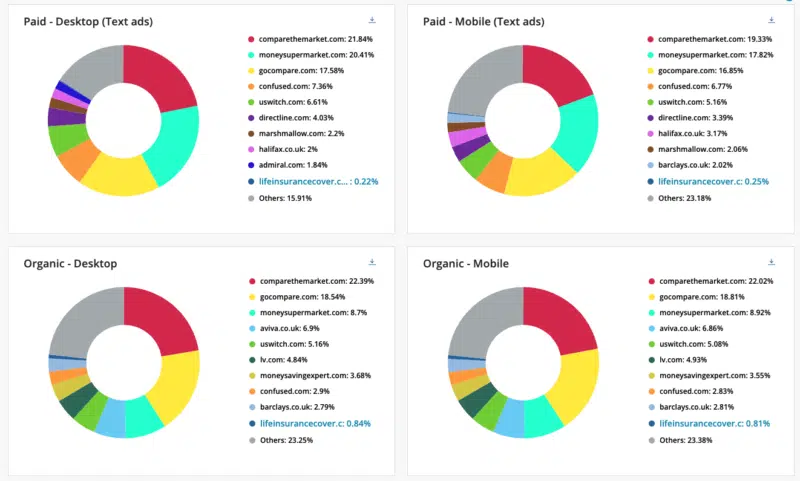
Adthena’s Market Share provides visibility into competitor share of market and spend and performance metrics contextualizing what’s driving market share for each competitor. With this insight, you can easily benchmark yourself against your top competitors, review your market position by category, or identify room for growth.
Take the self-guided tour of Market Share.
Get ready NOW for the post-cookie world
To prepare for the cookieless future, building first-party data becomes imperative. Ensure your websites are equipped to collect essential information directly from users. Leveraging search intelligence and exploring personalization alternatives are vital strategies to navigate the cookieless landscape successfully.
Adthena can be a valuable ally in this transition. Through observed data, artificial intelligence and machine learning, Adthena helps develop search marketing strategies driven by meaningful but anonymous data.
As we brace for a future without third-party cookies, Adthena stands ready to assist you in making informed, strategic decisions, ensuring that you stay ahead in the competitive world of paid search.
Talk to one of our search consultants to learn more about Adthena and how it can empower your journey in the post-cookie digital landscape.

